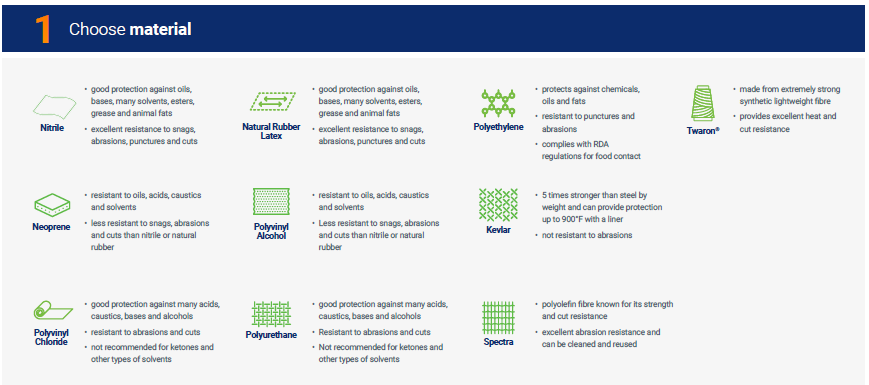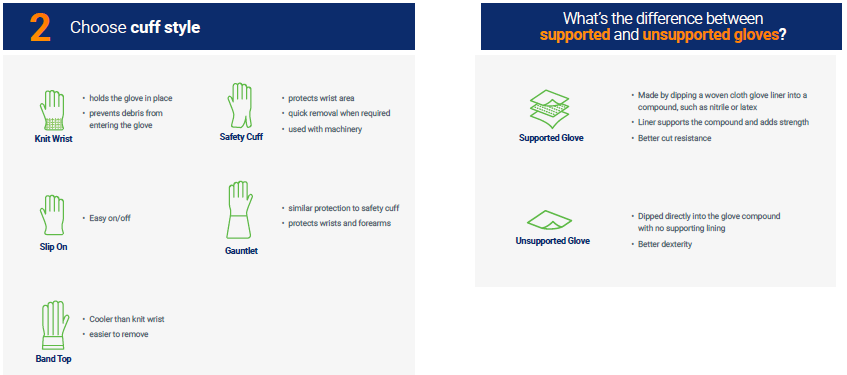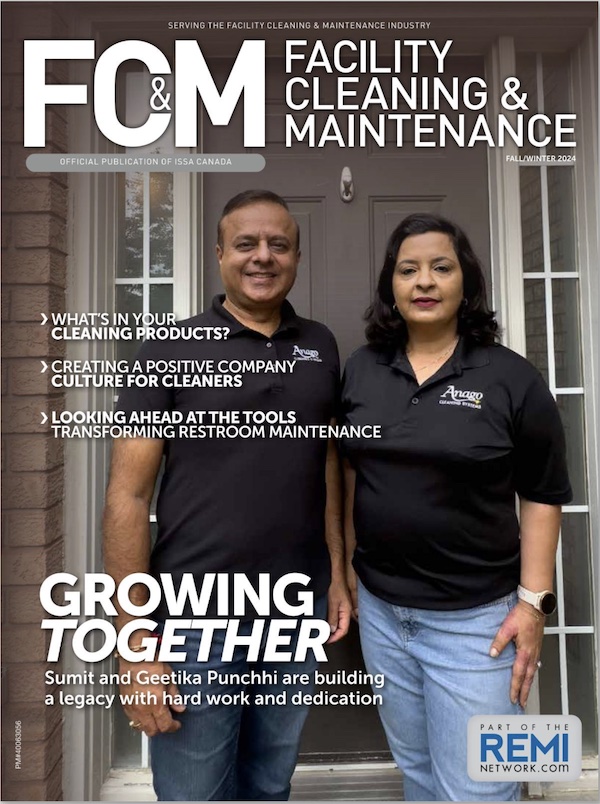It’s no secret that the supply of disposable gloves has been heavily impacted by COVID-19. With cases all over the world rising at exponential rates, that impact is going to continue, and every business involved in facility cleaning needs to be prepared.
To better understand where we are and what’s ahead, it’s useful to understand more about the disposable glove industry as a whole.
The largest producer of disposable gloves has always been Malaysia, because of the abundance of rubber trees for making latex. Now, the world has largely shifted to nitrile gloves due to the prevalence of latex allergies, increasing environmental regulations on vinyl gloves, and because nitrile is more durable and offers a wider range of protection against chemicals.
As the global pandemic spread around the world, demand for disposable gloves soared – and so did prices. This is not only because of the surge in demand but because increasing glove production capacity is extremely difficult. Why? Manufacturers normally run nearly to capacity, so the only current short-term solution to increase production may be to run a plant for 24 hours per day for 7 days a week, rather than for 6 days. But that one extra day of production cannot come close to meeting the increased demand.
The other option is to build new factories, but the glove forming equipment takes time to manufacture and is very expensive. Getting one new plant up and running can take a full year, and requires enormous amounts of capital.
When you combine this challenge with the current global shortage of nitrile material and the rising number of global cases of COVID-19, we expect the supply and demand imbalance to worsen, and prices to remain elevated into 2021. This will be exacerbated by medical glove manufacturers buying up available Asian production.
So, what should you be doing to ensure you have the gloves you need to keep employees safe?
- Plan your inventory requirements and create a forecast to the best of your ability. If your supplier understands your expected requirements, they will be in a better position to allocate supply as it becomes available.
- Use disposable gloves correctly and responsibly. While disposable gloves should NEVER be reused and should always be worn when required, employees should use them with care. For example, reduce waste by completing groups of tasks that require gloves at one time (where feasible) to reduce the number of times gloves are donned and removed each day.
- Invest in reusable, chemical-resistant gloves. These can be made of neoprene, nitrile, or PVC to protect hands when mixing chemicals, and for other tasks that require less dexterity. To understand which products are best suited to each type of task, consult the Glove Selection Guide below.


Bunzl Canada is a global distributor that provides cleaning and hygiene products and personal protective equipment to over 45,000 Canadian businesses. For more information please contact Lajos Guta, General Manager, Bunzl Safety at Lajos.Guta@bunzlsafety.ca










Quite informative. Really it is required to use the disposable gloves by considering these things.